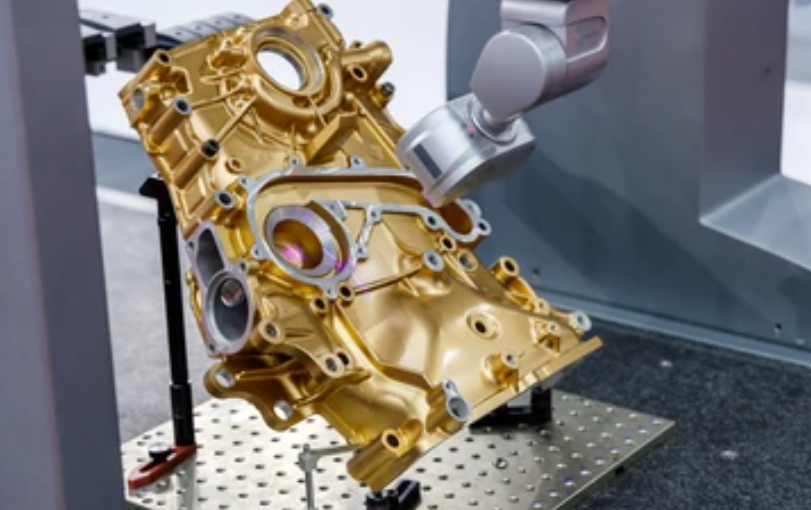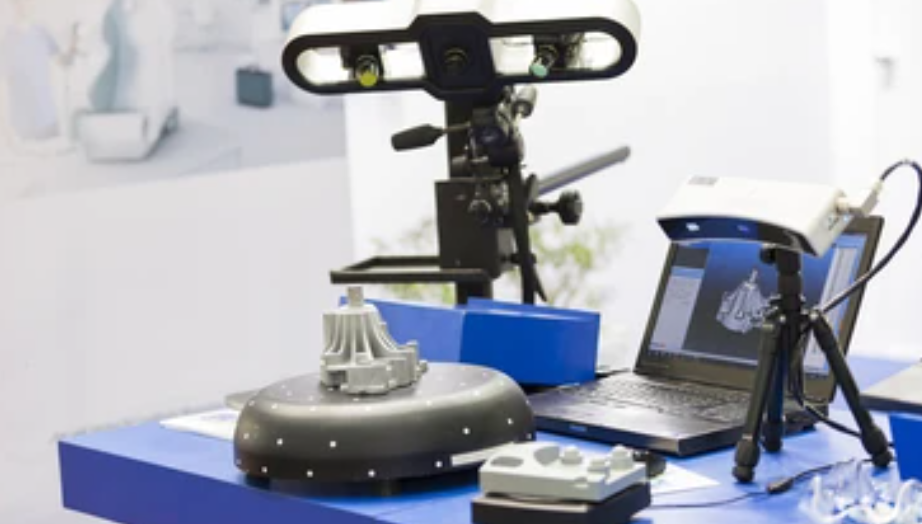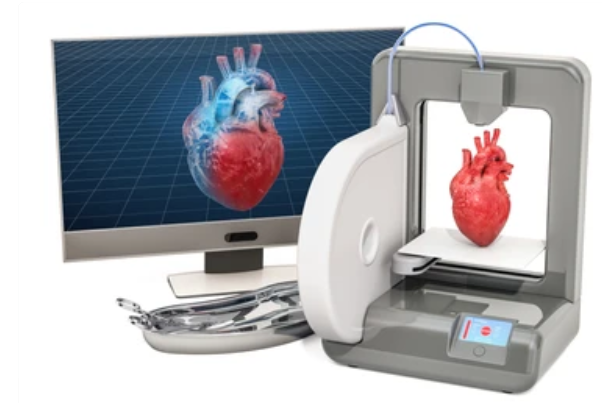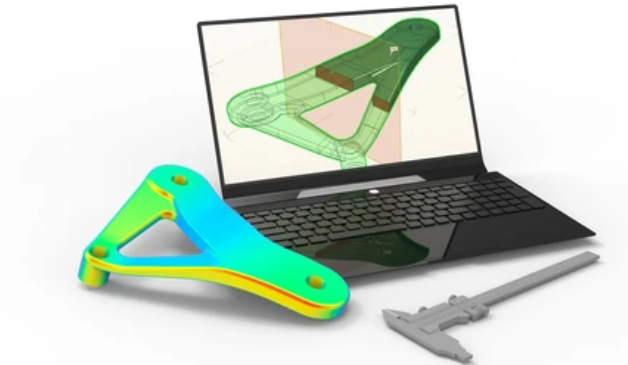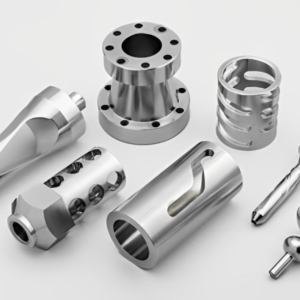Esta ferramenta é muitas vezes chamada de análise reversa e é vista como uma atividade essencial em indústrias que visam estudar um determinado produto., dispositivo, ou sistema. Inclui o processo de rasgar um objeto em partes para que ideias sobre sua construção, peças, e o uso pode ser percebido. Pode ser útil por vários motivos, incluindo melhorar produtos, copiando desenhos, ou resolver problemas. Aqui neste artigo, discutiremos o que é engenharia reversa, por que é usado, onde é usado, os processos usados na engenharia reversa, e as ferramentas usadas.
O que significa engenharia reversa?
Engenharia reversa significa dissecar um produto, um dispositivo, ou um sistema para entender sua funcionalidade, arquitetura, ou mesmo estética. A análise permite que um indivíduo ou organização reconstrua um produto melhor como resultado da obtenção de informações importantes de um determinado produto.. Este processo é aplicado para descobrir como aquele design funcionou ou falhou, localizar falhas, ou implementar um projeto sob condições onde as diretrizes iniciais foram perdidas.
Como funciona o processo de engenharia reversa?
A engenharia reversa é um processo complexo que é realizado em várias etapas para analisar o projeto, componentes, e operação de um determinado sistema ou produto. O processo varia dependendo do tipo de engenharia reversa (programas, hardware, ou outros sistemas), mas normalmente segue um conjunto semelhante de fases:
1. Coleta e Preparação de Dados
A primeira atividade em um processo de engenharia reversa é a coleção de objetos ou sistema a ser submetido à engenharia reversa.. Na engenharia reversa de software, isso pode ocorrer na forma de obter o código compilado, enquanto na engenharia reversa de hardware pode incluir a desmontagem de peças de hardware.. Na avaliação, os engenheiros também coletam qualquer literatura existente, incluindo manuais, desenhos, ou requisitos de design para explicar a situação.
2. Desmontagem ou descompilação
O próximo passo é decompor o sistema nos seus componentes O primeiro passo da utilização do sistema é a visão geral do sistema. Na engenharia reversa de software, isso vem na forma de descompilar ou desmontar o software, para dar uma olhada em sua arquitetura. Para hardware, pode envolver realmente desmontar o equipamento, ou talvez dissecá-lo para examinar as placas de circuito e componentes. Isto é considerado uma tentativa de estabelecer a estrutura fundamental do sistema.
3. Análise e Compreensão
Enquanto os engenheiros reversos estão demorando e tentando encontrar a melhor estratégia para descentralizar o sistema, eles também estão tentando determinar como as partes do sistema funcionam. Para software, pode abranger a análise do fluxo de execução do aplicativo, funções de isolamento, controles, e também possíveis fraquezas no código da aplicação. Em hardware, engenheiros estudam a operação dos componentes e as relações que eles mantêm entre si: muitas vezes empregando o uso de osciloscópios e analisadores lógicos para obter uma visão dos fenômenos em tempo real.
4. Identificação de padrões e funcionalidades
Nesta fase, engenheiros reversos procuram padrões de como o sistema funciona. Em software, eles podem ser capazes de descrever os principais recursos, entradas e saídas, e processamento no sistema. Sobre hardware, isso pode implicar refazer as conexões dos circuitos ou determinar como certas partes de um dispositivo (incluindo resistores, capacitores, ou processadores) trabalhar uns com os outros. Esta etapa também frequentemente revela outras funcionalidades, características e recursos frequentemente enterrados, e muito frequentemente outros comportamentos e resultados.
5. Teste e Validação
No caso de software, pode significar usá-lo em um ambiente de teste para identificar vulnerabilidades mais obscuras em sua operação. No caso de hardware, o teste pode significar que o item é desmontado e depois remontado, e usado para estabelecer como seu desempenho muda quando outras variáveis, como tensão ou frequência, são alteradas. Esta fase auxilia na verificação dos resultados e garante que nenhuma parte tenha passado despercebida.
6. Documentação e Relatórios
A documentação é feita após a análise e validação terem sido feitas no processo de engenharia reversa. Em software, isso pode significar fazer desenhos sobre como os programas funcionam, e quaisquer falhas mencionadas acima, foram encontrados. O conteúdo de software especializado pode exigir o esboço do design físico do hardware, ou desenhando um projeto do dispositivo que será instalado. A documentação é muito importante para poder ler o sistema de engenharia reversa no futuro para adições ou alterações a serem feitas.
7. Ética e a Lei (NÓS) (Opcional)
Cada vez que o processo de engenharia reversa envolve materiais desenvolvidos que são patenteados ou protegidos por direitos autorais, os engenheiros devem considerar a análise das implicações éticas e legais. Isto significa, por exemplo, garantir que a engenharia reversa seja realizada legalmente (pesquisa de segurança, compatibilidade, reparar…) e que os direitos de propriedade intelectual não sejam violados.
Tipos de engenharia reversa
Aqui estão alguns tipos importantes de engenharia reversa:
1. Análise Estática
É o processo de examinar o código ou a estrutura do sistema sem executá-lo. A análise estática preocupa-se com a revisão do código binário ou fonte do software com o objetivo de estudar seu design, arquitetura, e operação. Facilita a descoberta de seus pontos fracos e padrões subjacentes quando os aplicativos ainda não foram executados.
2. Análise Dinâmica
Envolve examinar o comportamento de um sistema quando em uso. Embora a análise estática se concentre no código, sem sua execução, a análise dinâmica observa como o software funciona, permitindo detectar erros de tempo de execução ou alguns recursos 'hackeados'.
3. Análise Híbrida
Tipos de análises estáticas e dinâmicas. Funciona combinando as abordagens, o que aumenta a chance de obter o máximo de dados sobre como um sistema é projetado e como funciona. A análise híbrida é usada especialmente para tarefas mais complexas, incluindo análise de malware, onde o código e o comportamento aproximadamente em tempo real são essenciais.
4. Análise Binária
Isso está relacionado à desmontagem de arquivos executáveis pré-compilados e à verificação de como funciona um sistema para o qual nenhum código-fonte está disponível.. A análise binária permite que engenheiros reversos verifiquem o processo de pensamento na criação do executável, verificar as vulnerabilidades de segurança, e, possivelmente, fazer as recuperações necessárias.
5. Descompilação
Um processo no qual a linguagem de nível inferior, ou seja,, o código binário é traduzido para o código do idioma de nível superior. Devido à indisponibilidade do código fonte original, vários engenheiros usam a descompilação para decifrar a lógica do programa, pois precisam descompilar o programa. As abordagens atuais para usá-lo incluem engenharia reversa de software e análise de malware.
Qual é o objetivo da engenharia reversa?
Seus principais objetivos são apresentados abaixo:
- Melhoria do produto: A engenharia reversa permite que uma empresa dê uma olhada no produto de um concorrente, encontrar defeitos, e alterações no produto para promover o produto, e melhorar a função, desempenho, e ou eficiência.
- Replicando Produtos: Permite realizar produção semelhante quando o projeto inicial não pode ser encontrado, por exemplo, onde são necessárias substituições ou quando se produzem clones de produtos similares no mercado.
- Aprimoramento de design: A análise do produto atual ajuda os engenheiros a identificar algumas áreas que podem desencadear ideias para evoluções ou melhorias do modelo atual.
- Solução de problemas e reparo: A engenharia reversa também é útil para solucionar problemas com produtos ou sistemas; o componente defeituoso pode ser copiado e devolvido ao equipamento original para consertá-lo.
- Transferência de conhecimento e aprendizagem: Uma das vantagens mais importantes de tais sites é a capacidade das empresas de pesquisar produtos ou tecnologias concorrentes..
Alguns exemplos comuns de engenharia reversa
A engenharia reversa é amplamente utilizada em muitos setores, desde militar até software e mecânico.. Aqui estão alguns exemplos:
1. Aplicações Militares
O poder militar às vezes adquire equipamentos ou armas capturados. Eles podem ser usados para estudar fraquezas que podem ser exploradas no caso de um ataque. Militares e tecnólogos podem descobrir os princípios de como funcionam as tecnologias dos inimigos através da engenharia reversa. Isto permite-lhes procurar possíveis áreas que possam ser surpreendidas durante as operações de combate ou trabalhar para encontrar soluções válidas..
2. Aplicações Médicas
Ao estudar as relações entre os genes para deduzir as complexas vias de feed-forward. Os investigadores podem aprender sobre a rede de doenças e prever locais potenciais para tratamento. A engenharia reversa também permite que os pesquisadores analisem como os genes produzidos se inter-relacionam e impactam os processos biológicos fundamentais. Os leigos podem aprender detalhes sobre a progressão da doença e descobertas sobre reações medicamentosas e o prognóstico do paciente. Essas informações estabelecem as bases para terapias racionais.
3. Engenharia de Software
Em engenharia de software, a engenharia reversa é particularmente importante quando faltam códigos-fonte. Em tais casos, engenharia reversa pode ser usada pelo desenvolvedor para estudar o funcionamento de um sistema de software existente. Na mesma nota, engenharia reversa ajuda a recuperar os algoritmos, estruturas de dados, e padrões de design usados no projeto passado, facilitando assim o uso futuro.
4. Engenharia Mecânica
Quando um dispositivo mecânico falha, pode ser útil fazer engenharia reversa da máquina em uma tentativa de compreender os recursos que causam a falha. Por aqui, os engenheiros podem obter informações sobre como o aparelho foi projetado e fabricado estudando-o em pedaços. Isso lhes permite identificar áreas de fraqueza ou estresse que poderiam ter levado ao problema em primeiro lugar.
Vantagens da Engenharia Reversa
A seguir estão as vantagens da engenharia reversa:
- Economia de custos: Isto porque através da cópia de um produto ou peça, é mais fácil para as empresas economizar no custo de design, bem como nos custos reais de fabricação.
- Inovação: É usado para fazer melhorias em produtos existentes e gerar novos conceitos a partir de tecnologias antigas.
- Solução de problemas: Pode apontar o dedo para falhas do sistema ou problemas de desempenho.
- Vantagem Competitiva: Ajuda as empresas a acompanhar as tendências do mercado, aprendendo sobre os produtos dos concorrentes.
- Personalização do produto: Altera e personaliza produtos para se adequarem à experiência do consumidor de maneiras que poderiam ser mais eficazes.
Desafios associados à engenharia reversa
Questões de Propriedade Intelectual: A engenharia reversa normalmente leva a disputas sobre questões como patentes e direitos autorais..
- Demorado: O processo é demorado, o produto é complicado, e pode demorar muito.
- Imprecisão: Existem algumas desvantagens com dados de engenharia reversa: A coleta de dados pode não ser abrangente, os dados podem não estar corretos.
- Ferramentas caras: É importante notar que ferramentas e software de engenharia reversa são bastante caros.
- Dilemas Éticos: Qualquer organização que utilize projetos de engenharia reversa pode se deparar com alguns desafios éticos.
Alguns dos usos comuns da engenharia reversa
- Fabricação: Substituição de peças de máquinas desgastadas durante a produção ou conserto de máquinas antigas que podem ter se tornado inoperantes.
- Desenvolvimento de software: Lançamento de patches de software para resolver versões alter-ego existentes ou inventadas, compatíveis com problemas de segurança.
- Engenharia Automotiva: Explicando diferentes partes de um carro para conserto ou modificação.
- Aeroespacial: Quando os fabricantes desmontam aeronaves para voos de teste ou tentam corrigir algumas falhas em certas peças da aeronave, eles precisam fazer engenharia reversa nas peças fornecidas..
- Eletrônicos de consumo: Dividir protótipos para projetar dispositivos semelhantes ou melhorar a eficiência do dispositivo.
Conclusão
A engenharia reversa é amplamente utilizada e é uma atividade bastante intersetorial aplicável no setor automotivo., eletrônicos, programas, etc.. Claro, com grandes oportunidades de redução de custos, solução inovadora de problemas, e detecção de erros, surgem questões legais e éticas. Conhecimento dos possíveis tipos de engenharia reversa, métodos, e áreas de uso podem fazer com que uma empresa os utilize de forma eficaz e evite possíveis armadilhas. Contate-nos Para maiores informações.
Perguntas frequentes
Qual é o papel da engenharia reversa na segurança cibernética?
Isso é usado para descobrir riscos, e malware compreensível, e no processo de concepção de mecanismos de defesa.
A engenharia reversa pode ser aplicada à produção de produtos falsificados?
Claro, pode ser utilizado para produzir produtos falsificados, embora este processo seja proibido e imoral.
Todo software é reconstrutível forensemente??
Seria pertinente notar que, embora a maioria dos programas de software possa sofrer engenharia reversa até certo ponto. No entanto, o nível de dificuldade encontrado não é semelhante. Software que foi fortemente codificado ou embalado com muitas camadas de codificação pode ser muito difícil de analisar.



